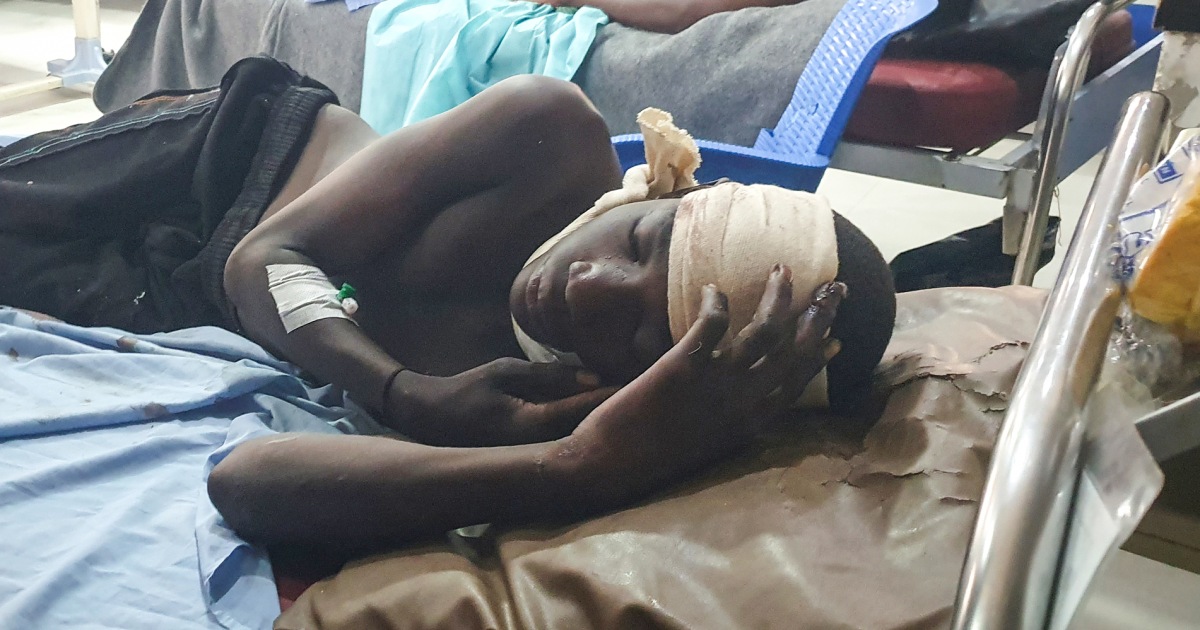 Science & Environment
Science & Environment
Celine Dion Can Only Be Herself
“I Am: Celine Dion” has plenty of those “Celine Dion is amazing”-type moments, and thank goodness, because her singular, offbeat sense of humor balances out the film’s more harrowing scenes. Rather than relying on other talking heads to put her stardom in context, Dion is the only person interviewed in the documentary. While this does sometimes make the film’s perspective feel one-sided, Dion’s megawatt charisma means she is more than up to the task of carrying an entire film on her own. One of the most memorable sequences finds her giving the cameras a tour — “I feel like Liberace!” she says and laughs — through the vast storage warehouse where she keeps her ruffle-and-sequin-encrusted costumes, custom designer outfits and stilt-like shoes. Oh, the shoes.
“When a girl loves her shoes, she always makes them fit,” Dion says, imparting the wisdom of a true diva. “Every time I went to a store and I loved the shoes they said, ‘What size are you, ma’am?’ I said, ‘No, you don’t understand, what size do you have? I’ll make them work, I’ll make them fit.’”
It’s a hilarious moment, but it’s also bittersweet. Again, there is that sense of self-sacrifice — the insistence that even in the face of discomfort the show (and the shoe) must go on. As she walks among her old stage clothes, delighting in the minute details of craftsmanship, the joy Dion gets from performing is palpable, but so is the anxiety that she may never know that particular kind of release again.
“When you record, it sounds great,” Dion says in the film. “But when you are onstage, it will be greater.” What becomes clear — throughout many montages of Dion singing live, feeding off the energy of her audience — is that performing is her lifeblood, and the stage has always been the place where she can be her most quintessential self. And so she is putting the full force of her tenacity and self-discipline toward building her strength back, in hopes that she can someday return.
That is, however, a herculean task. Toward the end of the documentary, during a physical therapy session, Taylor’s cameras continue to roll while Dion experiences a severe attack of full-body spasms; her face is frozen in pain, her limbs stiffen and the only sounds she can make are awful moans. For an artist who has long valued the control she has over her body and the instrument of her voice, this level of candor is particularly striking.
Just as difficult to watch is the sequence that precedes it, which finds Dion in a recording studio struggling to sing the relatively muted ballad, “Love Again.” Her vocal cords constrict — she compares the spasms to an unseen hand choking her — and that once mighty voice comes out in a whisper. Ever the perfectionist, she winces listening to the playback.










